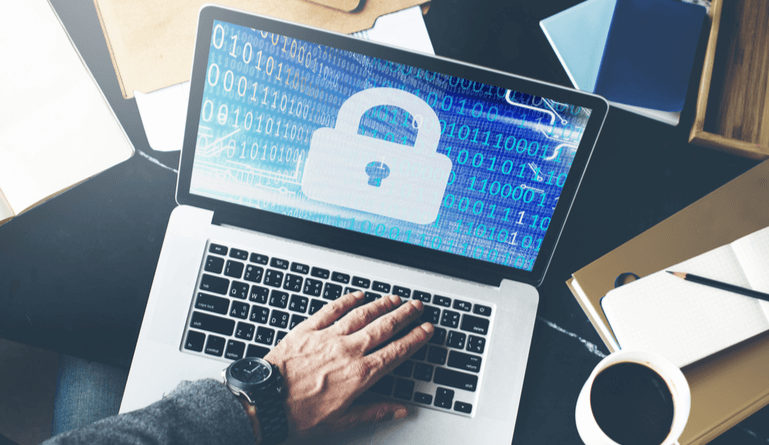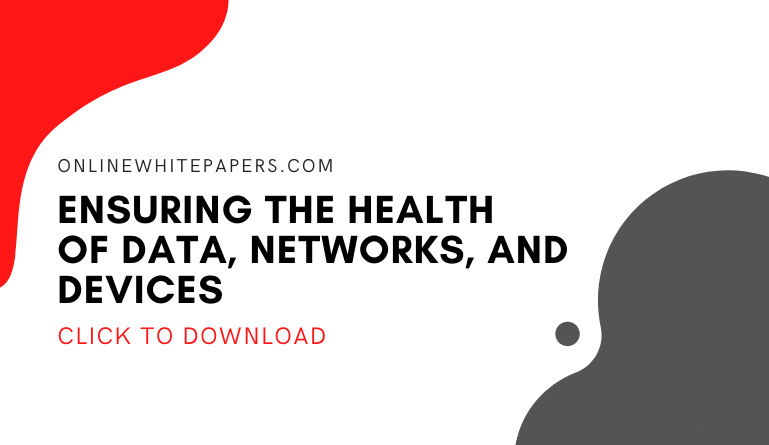Data Security can have its ups and downs. Well, mostly upsides. Cybersecurity programs look at data security as an essential tool when it comes to protecting databases and overall data systems.
Data security protects every single aspect of a database. Whether it’s an organization or a digital marketing agency using technology, data security assists with the organization of storing data and reduces occurrences of data breaches that your data system can become prone to. Not only that but it can recover files through backups as well as avoid getting fined with the help and compliance of data privacy.
Why is Data Security Important?
To elaborate more on its significance, data security eases consumers with assurance when it comes to the collection of their data. It was designed to protect businesses from cyber-attacks, especially if they make themselves known online. In hindsight, privacy is important to everyone. Establishing this right to online users for your business or organization will be the next step into ensuring data security correctly.
( Also Read: Best Data Security Software in 2021 )
Types of Data Security Technologies
These are different ways that developers can effectively protect data systems. After all, no one wants to be left with only one option.
-
Authentication
The most common type of technology is authentication. When using authentication, you protect pieces of information through the access of a familiar user’s identity, passcode, or even behavior and location-based information.
-
Access Control
This type of access selectively restricts access to a place or any other source. Access control is deemed valuable because it regulates who or what can have the ability to see certain information.
-
Backups & Recovery
It comes with the perk of recovering and backing up data. This is a significant data security tool for obvious reasons in case of a data breach.
-
Encryption
The process of coding every single piece of confidential information is another tool that’s capable of securing your data.
-
Data Masking
This type of technique is handy because you can either mask data manually through certain techniques or have the assistance of software to help you with data masking. Either way, data masking helps create fake versions of your organizational data, which can throw off viewers hence the “masking” aspect.
-
Tokenization
Tokenization can be applied to data security and become processed into a random string of characters called a token. Tokens cannot be breached and are insignificant, which makes them an effective tool for data security since they can turn an important piece of data into nothing.
-
Deletions & Erasure
Erasing data can work as long as there is a recovered version of all the information that was deleted before. Deleting unnecessary data is another type of technique that strengthens data security because it doesn’t leave a trail for attackers.
-
Physical Access Controls
This includes physical security controls such as controlled gates, password-coded doors, and electric locks. Enabling physical access controls can limit people from getting into a physical space that can hold databases.
Best Practices to Ensure Data Security
The best way to ensure data security would be to apply good data security practices within your business. Once you follow these four tips below, you’ll be guaranteed a positive start to secure data and sensitive information effectively.
Secure Your Information
- Manage access to sensitive information: Establishing access management to sensitive information is one of the first steps to take when creating good data security practice. With access management, certain groups or departments within an organization should be allowed to control secure and sensitive data. In this case, this reduces exposure that can compromise sensitive information. More information about access management can be viewed here.
- Make it a habit to encrypt everything: Creating the habit of encrypting everything is another tip to effectively use data security. Limiting the impact on unauthorized access starts with encryption. Formatting and embedding encryptions into every single piece of information are the best way to increase the maximum security of data.
- Protect user data: Start protecting user data by protecting it at the source. Once this is established, data security systems will become easier to use and maze through. With the assistance of features such as two-factor authentication and VPN software, user data can be protected effectively and efficiently.
Prepare for Threats
- Test out your systems: The first step once installing data security is to test out the compatibility of your systems with security software. You always want to prepare for the worst. Because, if the worst-case scenario were to happen, not testing out your systems for data breaches will be a complete downfall for your organization.
- Educate Employees: Another step to take in preparing for threats is to educate employees. Teaching about data breaches and the effects that they can bring to a data system is important when considering the installation of data security. Awareness of how to use data security and the outcomes that it can bring to using it for the workplace will reduce the chances of problems and other errors that may occur.
- Establish an Incident Management Plan: Incident Management Plans, or IMPs, are documented backup plans if anything were to happen unexpectedly. Typically, this can be used as a part of a business’s continuity management, which is why it’s useful in compromised situations involving data.
- Create a Secure Data Recovery Plan: One of the key solutions to an incident response plan is recovery. Having a data recovery plan will truly make life easier for both yourself and a recovering data system. Once you have a recovery plan, you can start moving forward in reorganizing and rebooting your database.
Delete Unused Data
It’s that simple. If you don’t need it, delete it. Having unused data can compromise your data system, which can lead to more unnecessary problems in the long run.
- Knowing when to let go: Some people have mindsets where they believe every single detail matters. Yes, that can be true, but learning when to let things go is also important. Whether it’s other components to data or unused data, thinking about what should be set aside and what needs to go is another step into ensuring effective data security.
- Always make physical copies: In case you haven’t caught on, it’s pretty crucial to make it a habit of making copies. The last resort when all things get lost is keeping a physical copy of the information.
Run Compliance Audits
Running compliance audits establishes maintenance for your data system. It can improve the function of your cybersecurity as well as ensure that your organization continues to follow guidelines, regulations, and policies.
( Also Read: Data Privacy vs. Data Security )
3 Factors of a Data Security Strategy
-
Risk Assessment and the ABC’s of Data Security
Conducting risk assessments can help spot threats in your database. It can help you spot the strengths and weaknesses of your data security system as well as overview past history of data breaches of your system.
- Securing your passwords
- Update security software systems regularly
- Spotting a phishing scheme in its tracks
-
Understand Cloud Security
Another tool that employees should become aware of is cloud security. With the pandemic going on and more work being done remotely, understanding the functions of cloud security can increase your chances of avoiding security risks. It’s a tool that restricts public internet connections and every single type of data security technology, making it effective and safe.
-
Security Awareness and Culture
Creating a security culture reduces the stress and pressure of installing more security. Educate your employees on security awareness. It’s important to keep up with regulations regarding security risks and issues in order to avoid hackers from gaining access to confidential data.
Final Thoughts
Data security and privacy will allow you to control the overall online usage and presence of your business or organization. Finding the right kind of data security software for your company all depends on the types of information you want to protect within your database. Whichever type of software you decide, it is important to create awareness for employees to secure your data system as well as making it a habit to get rid of unused data.
In hindsight, effective data security starts with not only data security software but creating good data security habits within the workplace and creating a security strategy with cloud security, security culture, and conducting risk assessments.








